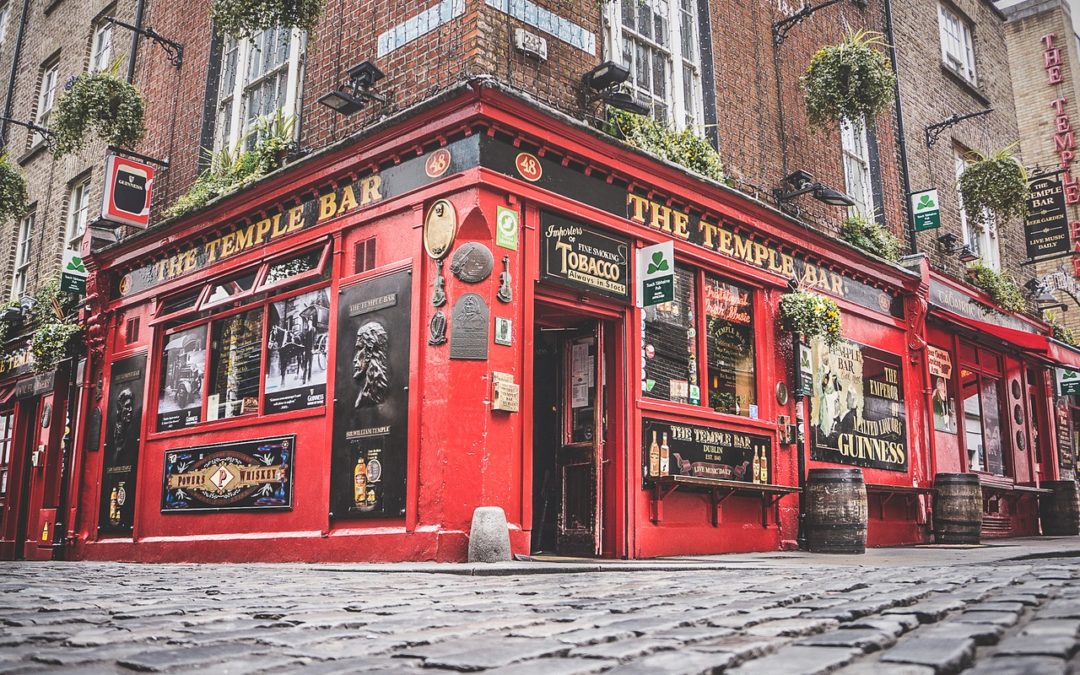Imagine visiting a city where it is possible to glimpse the pages of an exquisitely illustrated thousand-year-old book, visit underground crypts containing mummified remains, stroll around public squares built in Georgian times and end the day touring a brewery that boasts a nine thousand year lease and one of the largest pint glasses in the world.
The city in question is Dublin, Ireland, and is host to a fascinating array of attractions certain to appeal to all manner of tastes and interests.
One of the most enjoyable things about traveling is exploring the secret nooks and crannies of a brand new destination and the best cities are those that have a diverse range of activities that ensure one’s time will be rewarding and engaging while roaming from attraction to attraction. Dublin ticks all the right boxes as there really is something for everyone; be it history buffs, lovers of world class architecture, connoisseurs of dark ale or those intrigued by royalty, religion and esteemed halls of learning.
Uncovering those hidden gems that may otherwise be easily overlooked is a given when visiting Dublin, as at every turn there is an overabundance of choices available.
A very small sampling of the ‘must see’ attractions in Dublin is as follows:
- The Book of Kells is an illuminated manuscript containing the four gospels that was created over a thousand years ago by devout monks. Comprised of over 600 intricately detailed calfskin pages, it is considered to be one of Ireland’s most valuable national treasures.
- St Michan’s church is conveniently located in inner city Dublin and its limestone vaults hold mummified remains that are over 400 years old and displayed in open coffins. The church is steeped in history and still serves parishioners every Sunday when it is closed to tourists. St Michan’s also houses a magnificent organ that is rumoured to have been played by Handel at his first public performance of his ‘Messiah’ masterwork in 1743.
- The famed Georgian Squares are comprised of five squares containing magnificent architecture of the Georgian period that were built between 1750 and 1830. Home to aristocrats and the well-to-do, these squares have left a lasting impression upon the character of Dublin. In terms of nature, Dublin has more public parks and green spaces than any other capital city in Europe. In fact most of Dublin’s residents need travel no further than 300 metres to find a park.
- A more modern landmark in Dublin is the Guinness Storehouse at St James Gate Brewery. Tours and exhibits offer a close up view of the brewing process and the price of entry includes a complementary pint of the famous dark nectar. Much of this unique historical insight takes place in a gigantic multi-storied atrium shaped as a Guinness glass.
Amongst the castles, cathedrals, Viking remnants and warm-hearted local Dubliners, there is an abundance of attractions and activities certain to please travellers and tourists of every kind. Dublin is a city with a rich history that demands a closer look and is sure to leave a lasting impression on those who take the time to uncover its numerous treasures.

